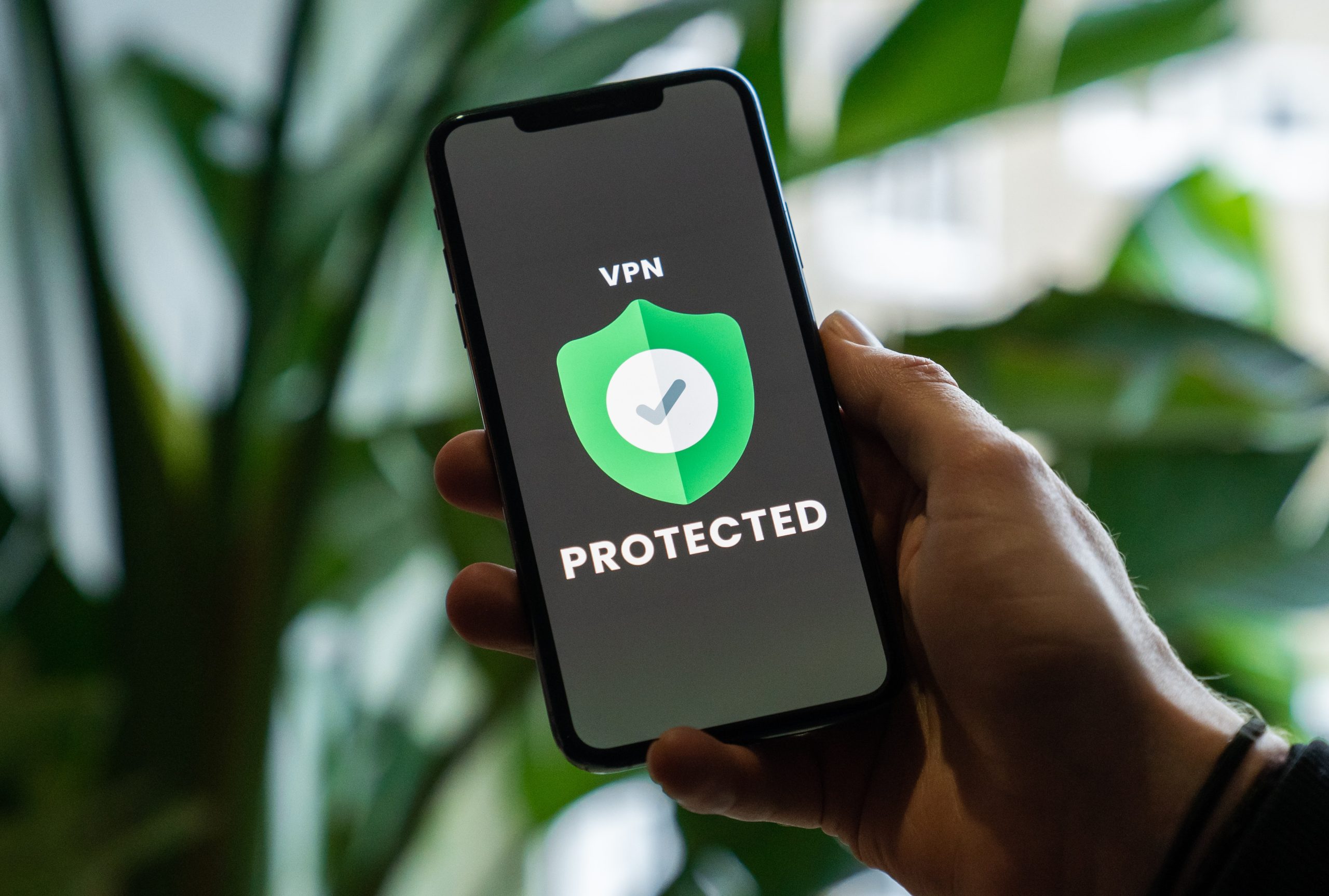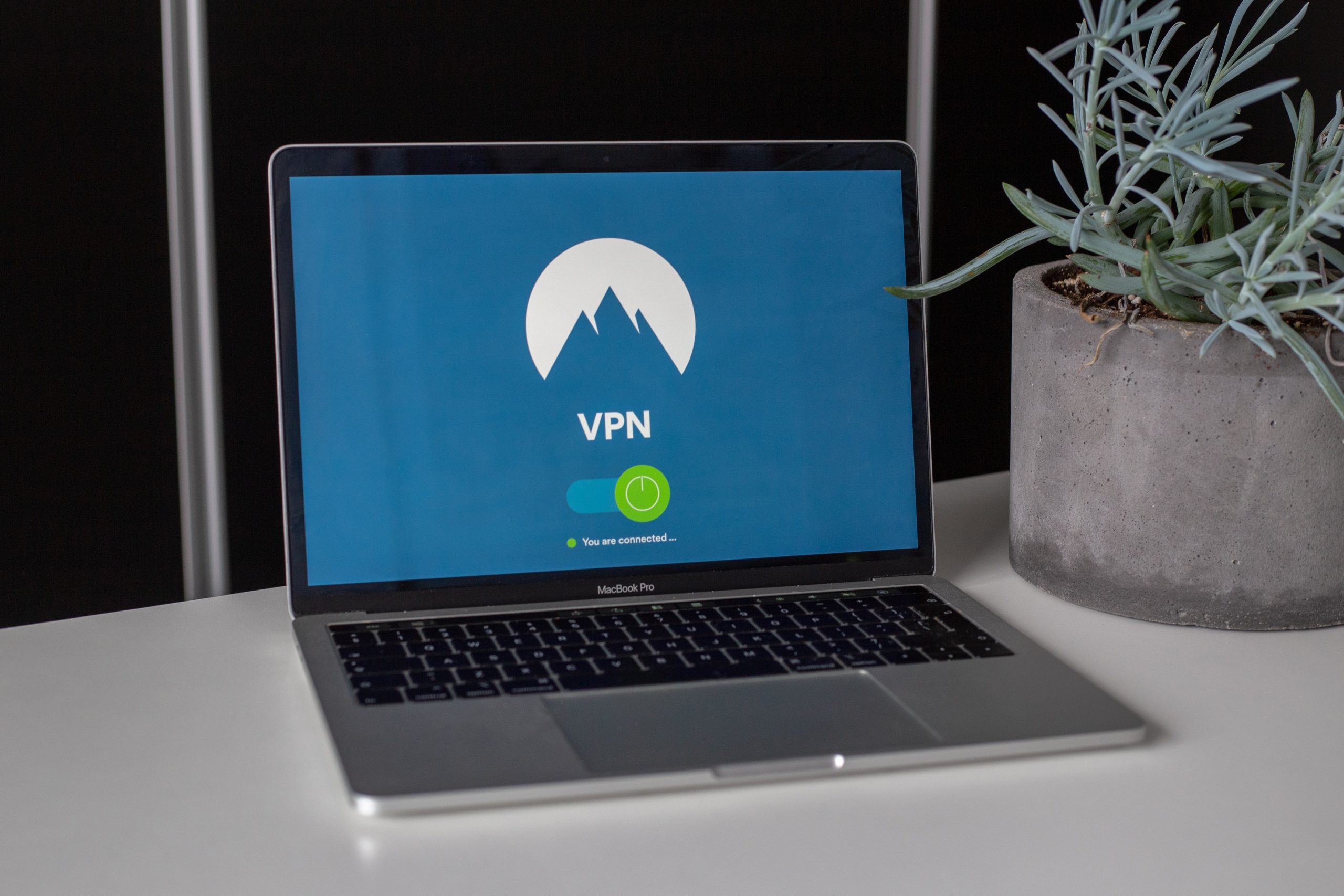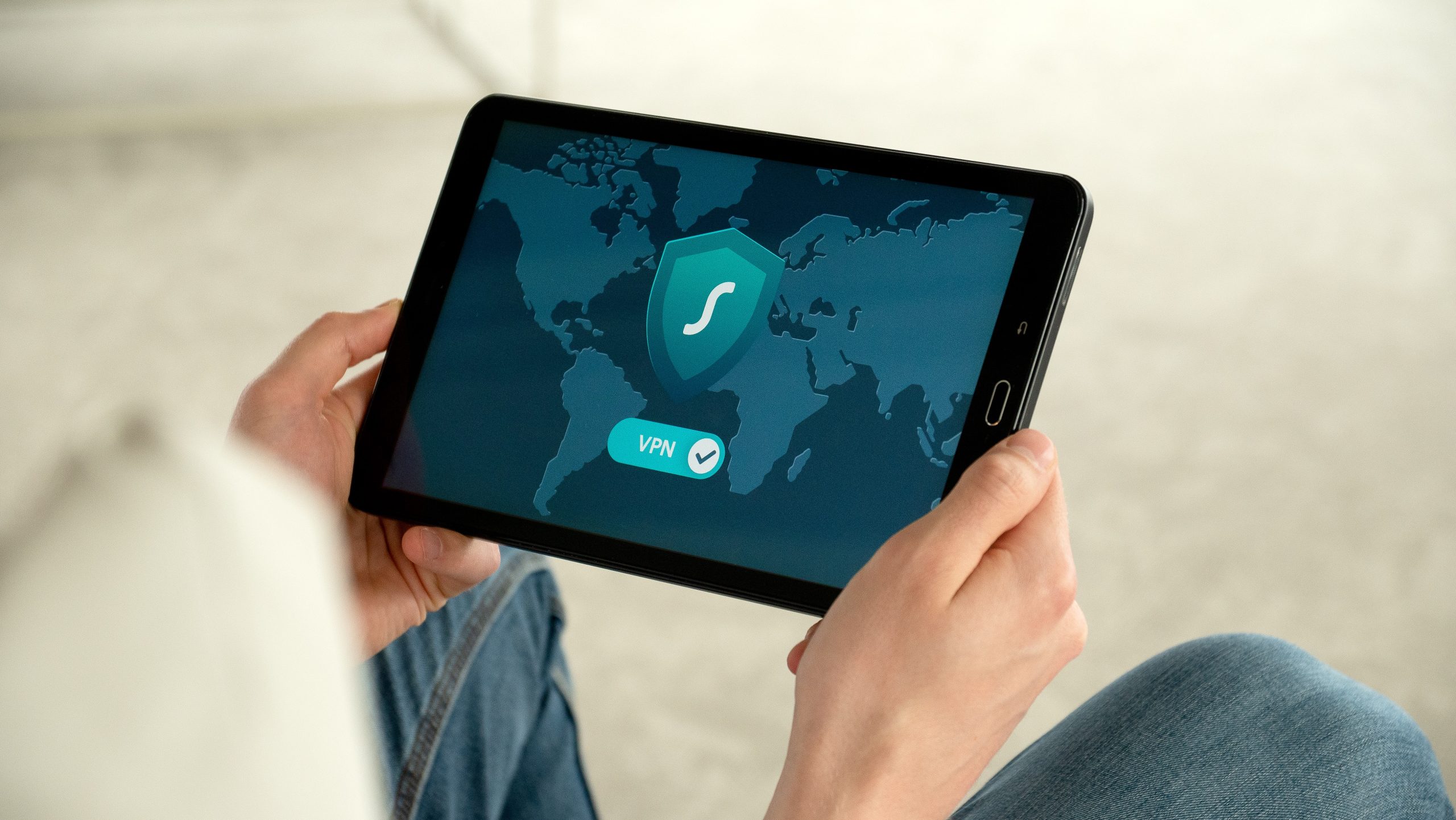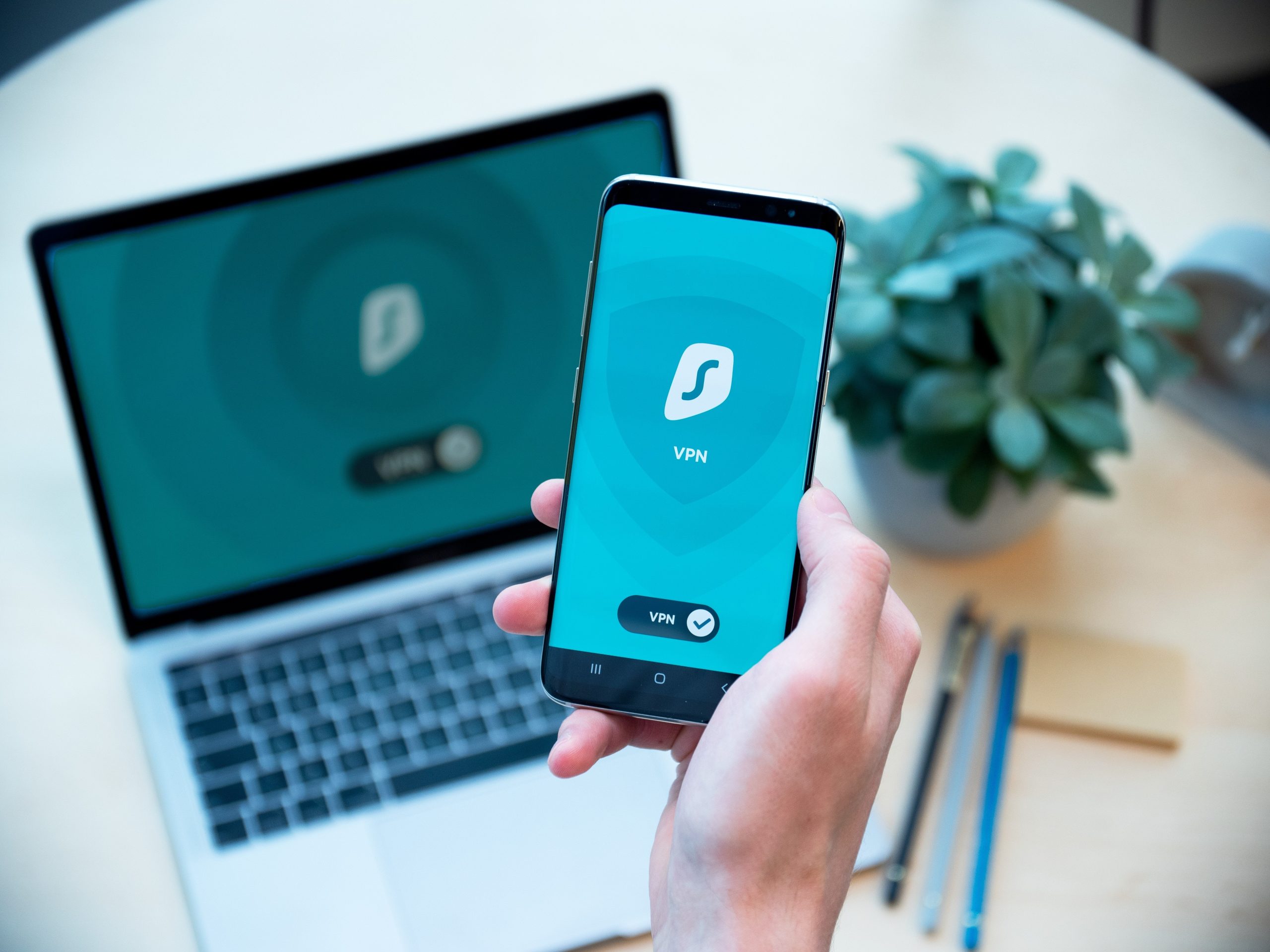In today’s interconnected world, a virtual private network (VPN) has become an essential tool for maintaining online privacy and security. However, even the best VPN services can encounter connection errors that disrupt your internet experience. One of the most common issues faced by urban VPN users is connection errors, which can be frustrating and time-consuming to resolve.
If you are currently experiencing an Urban VPN connection error, don’t worry! Our troubleshooting guide will help you diagnose the problem and provide solutions to get your VPN back up and running. In this article, we’ll explore some of the potential causes of Urban VPN connection errors, such as network issues or software conflicts.
If you’re tired of unreliable VPNs and constant connection errors, try a more advanced solution — mobile browser emulation with Multilogin.
Explaining the importance of VPN connections in urban areas
VPN connections have become increasingly important in urban areas due to the rise of cyber threats and online privacy concerns. With more people relying on public Wi-Fi networks, which are often unsecured, the risk of personal data being intercepted or hacked is high. VPNs offer an encrypted connection that ensures all internet traffic is secure and private.
In addition to protecting sensitive information, VPNs also allow users to bypass geographical restrictions placed on certain websites or services. For example, individuals living in countries with strict internet censorship can use a VPN to access blocked content. This can be particularly useful for journalists, activists, and other individuals who need unfettered access to information.
Overall, a reliable VPN connection is crucial in urban areas where public Wi-Fi networks are commonly used and online security risks are high. By encrypting internet traffic and providing unrestricted access to websites and services, a VPN offers peace of mind for both personal and professional use.
 Identifying common VPN connection errors and their root causes
Identifying common VPN connection errors and their root causes
VPN connection errors can be frustrating and time-consuming to troubleshoot. Some of the most common VPN errors include authentication failures, connection timeouts, and slow speeds. Authentication failures occur when a user enters incorrect login credentials or if the server is not configured properly. Connection timeouts may occur due to issues with the network or server configuration, while slow speeds could be caused by bandwidth limitations.
Another common error is the inability to establish a connection with the VPN server. This issue may arise due to firewall restrictions or incorrect DNS settings. Additionally, connectivity issues might result from outdated software versions or incompatible protocols between client and server. To troubleshoot these problems effectively, users must have an understanding of each error’s root cause and configure their systems accordingly.
Overall, identifying common VPN connection errors’ root causes requires careful monitoring of system configurations and performance metrics such as packet loss rates, latency times, and throughput rates. By proactively addressing these issues through regular updates on hardware components or software patches, users can avoid downtime interruptions and maintain optimal networking performance for their organization’s remote workforce.
Outlining the steps to take when troubleshooting a VPN connection error
The first step in troubleshooting a VPN connection error is to make sure that all the necessary components are working properly. Check if the internet connection is stable and strong enough to support a VPN connection. If not, try resetting your router or modem.
Next, verify that you have entered the correct login credentials for your VPN account. Make sure that you are using the right username and password combination.
If both these steps fail to resolve the issue, verify if your device’s firewall settings are blocking VPN traffic. Disable any security software temporarily and try connecting again.
Finally, ensure that you have selected the correct server location for your desired country or region. Try switching servers within the same location or trying another server altogether if nothing else works.
In conclusion, following these troubleshooting steps can help diagnose and solve most common VPN connection errors. However, if none of these solutions work then it may be best to contact technical support for further assistance.
 Discussing advanced techniques for resolving complex VPN connection errors
Discussing advanced techniques for resolving complex VPN connection errors
When it comes to resolving complex VPN connection errors, there are a number of advanced troubleshooting techniques that can be employed. One of the first steps should be to check for any issues with the network itself, including checking for any potential outages or congestion. If these issues are ruled out, it may be necessary to explore more technical solutions such as checking firewall settings or reviewing log files.
Another possible approach is to try resetting the VPN connection entirely, which can often resolve persistent connection errors. This may involve clearing cache and cookies on the device being used, as well as restarting any routers or other hardware involved in the network setup. Additionally, it may be helpful to review documentation and support resources provided by both the VPN provider and any relevant hardware manufacturers in order to ensure that all settings and configurations are properly optimized for a reliable connection. With these advanced troubleshooting techniques in mind, users can more effectively address complex VPN connectivity issues and maintain secure online access from anywhere in the world.
Offering tips to prevent future VPN connection errors from occurring
Preventing VPN connection errors is important for ensuring smooth and uninterrupted internet connectivity. One of the simplest yet effective ways to avoid such errors is to ensure that your device’s software is updated regularly. This includes not just the operating system but also the VPN client software. Additionally, checking for and installing any available updates to the VPN protocol being used can also help prevent connection errors.
Another tip to avoid VPN connection errors is to choose a server location closer to your physical location. Using a server located in a different region or country may result in slower speeds and more frequent disconnections due to network congestion or other technical issues. It’s also advisable to use servers with a high uptime rate, which can be easily checked through online resources or by contacting the VPN service provider.
Finally, ensuring that your device’s firewall settings are appropriately configured can help prevent future VPN connection errors from occurring. This includes whitelisting the appropriate ports used by the VPN protocol as well as disabling any conflicting security software that could interfere with the connection process. By following these prevention tips, you can minimize disruptions caused by connectivity issues and enjoy seamless access to all online content securely and reliably through your chosen VPN service provider.
 Summarizing the importance of having a reliable VPN connection
Summarizing the importance of having a reliable VPN connection
In conclusion, having a reliable VPN connection is crucial for ensuring online privacy and security. It allows users to access restricted content, protect their personal information from hackers, and evade government surveillance. Therefore, it is essential that users follow the outlined troubleshooting guide whenever they experience connection errors with their VPN service.
The troubleshooting steps provided in this guide are simple and easy to follow, even for non-tech-savvy individuals. By implementing these steps, users can easily identify and resolve any issues that may be causing their VPN connection to fail. Additionally, taking preventive measures such as regularly updating the VPN app and choosing a reliable VPN provider can help avoid future errors.
In summary, it is important for everyone who uses a VPN service to understand how to troubleshoot common connection errors in order to ensure uninterrupted privacy protection and online freedom. By following the outlined tips discussed in this article, users can improve their overall experience with their chosen VPN provider.


